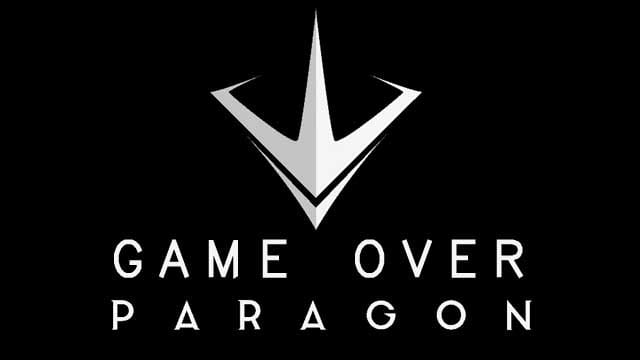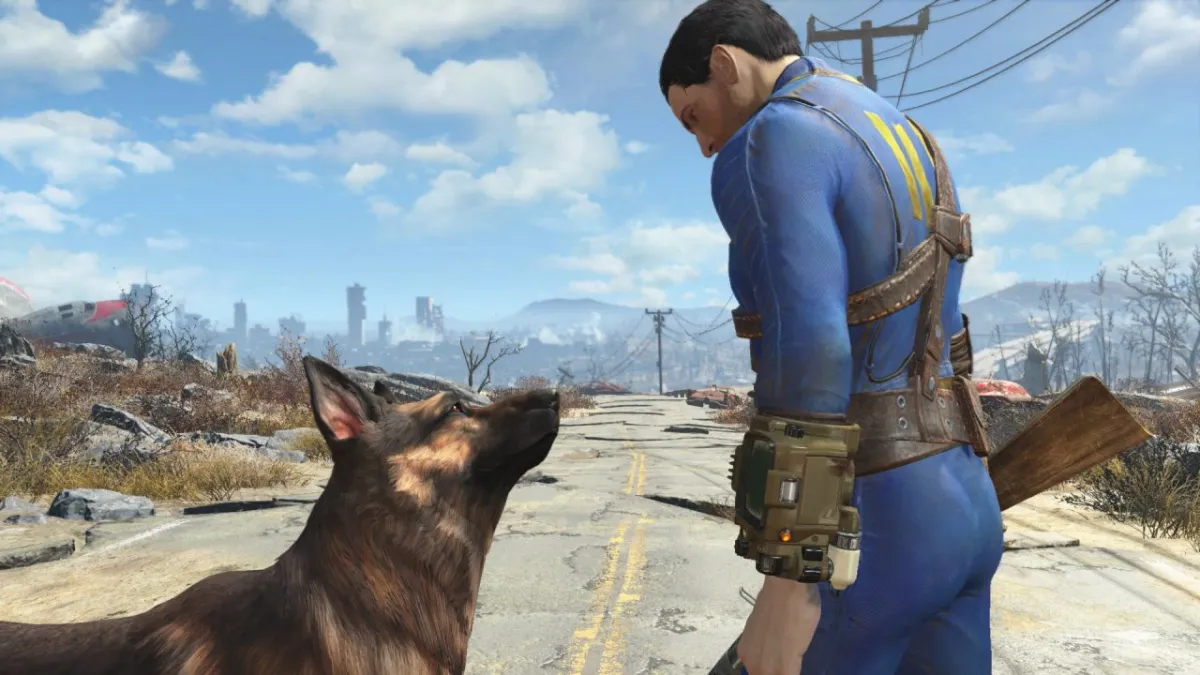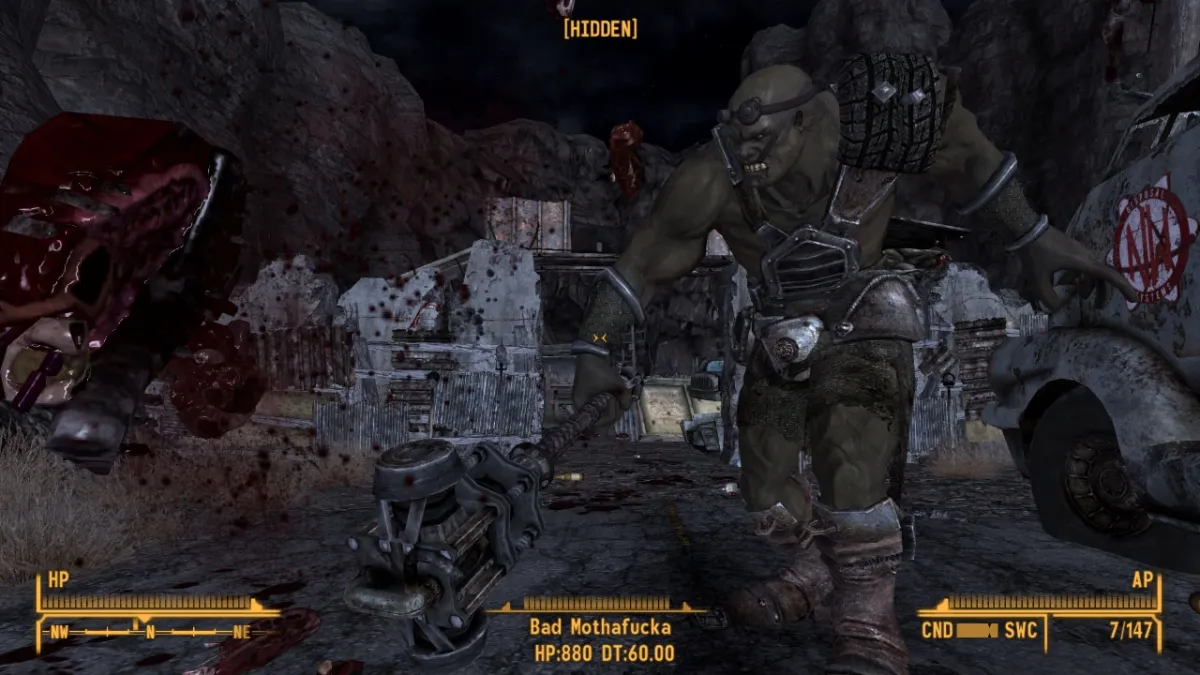Back in 2015 Epic revealed their new game, a MOBA called Paragon. At the time I’ll admit I thought “oh god, not another MOBA”, the genre didn’t appeal at all. You see, here at PC Invasion we all like different things and Tim is the MOBA guy and therefore he was the ideal candidate to play it. But for some reason, I ended up being the one to take it for a spin and to my utter surprise, I got hooked.
My first few games of Paragon were a complete disaster. I had a very basic understanding of the genre and when I had played DOTA I was terrible. To be honest, the top-down viewpoint of the majority of popular MOBAs really didn’t appeal. Perhaps that’s why I picked up Paragon, it looked bloody amazing.
Throughout 2015 and early 2016 my Paragon skills were improving, I was checking out every patch and new hero and I was putting together videos for the site. Here I was actually enjoying a MOBA. So why was that? Well, it was fast, edgy, the Legacy map was great, there were interesting mechanics. Every game felt exciting to play. I was a convert.
When new games are constantly being dropped on you every week and it’s your job to play games, it’s easy to become jaded. Another pixel art platformer, another shooter, another MOBA, and these days, another Battle Royale. It’s harder to get emotionally attached to games when there are so many to choose from. Paragon was the first game I had played in years that I was becoming attached to and was prepared to invest my free time.
Hooked
I had a complete blast playing Paragon in the early days, every new hero announcement was something to look forward to, even if it wasn’t a hero I was that keen on playing. Simply put, in the early days Epic had managed to engage the community consisting of MOBA veterans and also those who had zero interest in other MOBAs until then.
At the start of 2016 the floodgates were going to open with the announcement of the Early Access start in March 2016. This was great news. More players would be joining the action which can only be good for what was shaping up to be a really unique MOBA experience.
Around May 2016 after an influx of new players joined there were problems that were starting to annoy me, the main one being the sheer amount of AFK players. Epic eventually addressed the problem with bans, but it was a simple problem and bans should have been in place for anti-social behaviour from day one.
The first major update for the game came with v.27 which some might argue was the finest moment for Paragon. It was all starting to come together but I’ll admit at the time I was not too happy with all the changes including the Inhibitors not regenerating. It’s hard to please everyone when there are huge changes. In retrospect, the game was playing a lot better and it would get even better in the next few updates.
v.28 arrived at the end of June 2016 and that introduced the Orb Prime dunk which was one of the finest additions to the game. Now players could dunk the orb at your recapture point and give your team a chance to come back into the game by bringing back a downed Inhibitor. There were some great moments in matches as players dodged through the jungle with their teammates trying to protect them. It was brilliant fun.
Community Driven. For now.
In August 2016 I had the opportunity to speak to the then game director Steve Superville and it was encouraging to hear his thoughts on where the game was heading. As he commented on their goals in the interview, it highlighted why I was enjoying the game so much even as a non-MOBA player.
We thought ‘what if we can make the CG trailers of other MOBAs a reality in gameplay?’ That’s something we found has a lot of appeal to players who haven’t MOBAed before, because they haven’t been able to get through the top-down, clickity-clickity, type of thing where you’re the puppet master, far from the action. Your decisions matter, but the impact of your actions don’t really register on the instinctual, human level. When we set about making Paragon, our pedigree at Epic Games is making impactful player experiences, so we wanted to bring these two things closer together. I’m surprised and delighted that folks like yourself who have rejected MOBAs before have found something to latch onto in Paragon.
At that time the game’s development was, according to Steve, being driven by the community which was something that was going to change in the months ahead.
To be candid we are feeling our way towards the right thing. Our operating philosophy is that the best games are made as a partnership between devs and community. We’ve banned the phrase “we’re making a game that we want to play,” because we’re making a game for a large group of players who are strongly opinionated and dedicating their playing time to us.
At the same time we can’t design by committee, and so it very much is a hard challenge to figure out the best path forward. And we’re doing that by experimenting. We’ve tried our best to be transparent, open, and honest with our community about this being an actual beta. We are doing grand experiments with our players. Telling them exactly what’s coming. Sometimes better than others, we’ve dropped the ball occasionally there. But our goal is to tell them what’s coming, why it’s coming, listen to their feedback, and figure out the next thing.
An issue that was always on the minds of the Epic dev team was the match times. During these early days, matches would be a minimum of around 40 minutes but they could easily go over the hour mark. At the time I didn’t even think it was an issue and neither did most of the community that was playing regularly. Some of the most exciting Paragon matches have lasted well over an hour and they were fantastic back and forth nail-biters. However, Epic really wanted to get game times down so teams would not max out their card points/power. Steve’s argument was this:
Well, it becomes a game of strategy, but that strategy boils down to pure execution in the moment, rather than you taking advantage of having played better for the first 30 minutes of the match. Because they’ve caught up, and now it really is just execution.
He did have a point but ultimately people were enjoying the game the way it was and match time reduction had started to become an obsession for Epic. In the meantime, the game was being tweaked and updated with improvements to the Legacy map including jungle changes in .31
Monolith Appears, Travel Mode Disappears
Travel mode had been a contentious subject in the Paragon community. All through the early stages of development players’ movement speed would increase automatically if they had been out of combat for a time. The Legacy map was fairly large so traversing around it without it, I felt, would make the game feel more laboured. In the v.32 update in September 2016, Epic reduced the travel mode speed as they moved towards getting rid of it altogether. It was hard to see how they could change it on the Legacy map without ruining the flow but that was ultimately not their end goal. A new map was in development. It was also during this update I was starting to get a little concerned about the overall changes Epic was making. It really felt that with each update they were taking two steps forward but one step back.
In October 2016 Paragon was to change forever and this was the turning point for many players, the reveal of the Monolith map and the scrapping of Legacy.
Prior to the actual release of the Monolith map Epic was still churning out heroes at a reasonable rate. They were always proud to say “there will be a new hero every three weeks!”. To introduce a new hero into the mix so frequently was bound to eventually cause problems with balancing and rebalancing of existing heroes. Nevertheless, we saw the arrival of Countess and Crunch. Then on 6 December 2016 Monolith was released.
Monolith was a much smaller map than we had been used to and now Epic had got their wish, the removal of Travel Mode and what they hoped would be a reduction on game times to get them to around the 30-35 minute mark. The map changes also now meant that the exisitng heroes needed work but Epic continued to roll out new heroes with Serath, Aurora, Yin, and Morigesh.
Monolith had completely changed Paragon. The smaller map had infuriated players, especially long-time players and it had completely changed the game dynamic. Such a huge change was a bitter pill to swallow for a lot of the community and it was at this point players were dropping away.
Epic takes control. Goodbye Community.
Watching the trailer above and listening to hero designer Cam Winston at the start if the video should have set the alarm bells ringing. Looking back at my interview with Steve Superville prior to his departure from Epic he said:
Our operating philosophy is that the best games are made as a partnership between devs and community. We’ve banned the phrase “we’re making a game that we want to play,” because we’re making a game for a large group of players who are strongly opinionated and dedicating their playing time to us.
On the other hand, Winston started his Monolith pitch with:
The Monolith update is not just a new map, it’s actually a new gameplay experience for our players and what we are attempting to do with this map is our best version of WE think the best version of Paragon is”
You can see the shift in tone. Epic had simply stopped listening to the feedback from the players which had become evident in the later weekly dev streams.
I persevered with Paragon and was still enjoying it, there was still no other MOBA that could offer the level of excitement of Paragon. Frustratingly my friendslist was showing more red dots as fewer and fewer people on my list were playing. The community was simply vanishing.
For the next few months patch updates attempted to address some of the glaring issues with the older heroes with nerfs and buffs aplenty but worse was still to come in the .42 update which was probably the final nail in the coffin for many players.
The .42 update finally arrived in August and I was not a huge fan. The old deck building system was gone forever replaced with shiny new cards because Epic thought the old system was too hard for new players to understand. Instead, there were now gems tied to the economy and Agility, Vitality or Intellect, all-new cards and a bloody terrible deck building system. It seemed more confusing than ever. While characters could now choose any Affinity, the whole thing felt like a complete mess.
Character releases had started to slow down, the #everthreeweeks slogan had fallen by the wayside by September 2017, there was just too much for Epic to fix with the new map, card system, and hero balance. Updates continued until the end of October and then it went suspiciously quiet.
2018 was going to be a big year for Paragon or so they told us.
At the start of December, perhaps realising they had been keeping a little too quiet as the community became even more restless, they teased the first new hero of 2018. I considered this a positive sign, the team was getting back to work on new content. Boris the Bear was an interesting concept but that appears to be all he was, a concept. There was still hope though because what was to be the game’s final hero, Terra, release on 12 December as the Winterfest event kicked off.
Epic returned to work in January and they were about to drop a bombshell. They were now having doubts about the future of Paragon.
However, progress has been slower lately for two reasons: First, the team’s time is split between immediate improvements and longer-term efforts, so there’s less visible progress. Second, a number of Paragon team members jumped onto Fortnite to help sustain the game as it has grown far larger than anything in Epic’s past.
Here inside Epic, we’re talking about the future of Paragon in pretty much the same terms as you’re talking about it. The core challenge is that, of new players who try Paragon, only a small number continue to play regularly after a month. Though Paragon has evolved, no iteration has yet achieved that magical combination of ingredients that make for a sustainable game. (As an aside, the problem isn’t marketing or how to make money with Paragon. We have good ideas that would solve those problems if we can find a way to make Paragon grow.)
Over the next few weeks, we’ll be figuring out if and how we can evolve Paragon to achieve growth and success, and trying some things internally. In the meantime, Paragon’s release cadence will be slower.
That battle royale game
That other little game they had released was a co-op shooter called Fortnite and it didn’t set the world alight when it launched with the Save the World mode in the middle of 2017. As soon as they released the battle royale mode for free in September 2017, capitalising on the success of PUBG, the game exploded. Epic could see the dollar signs, they could see Fortnite was becoming more popular with each day that passed and the holiday period brought in an influx of players.
Fortnite played a key role in the demise of Paragon
On returning after the holidays they must have looked at the Paragon numbers compared to Fortnite and thought Paragon was simply not worth it. They had an engaged community with Fortnite and a disillusioned community for Paragon that was becoming more and more frustrated with the changes they had made to the game throughout 2017. I had become increasingly frustrated with Epic myself, I had sunk 1400 hours into the game and I tried to understand what was going on and what they could do to save it.
It took Epic another month to come out and say the words I was hoping would never appear. Paragon was closing.
It’s with heavy hearts we’ve decided to close down Paragon.
We truly appreciate everything you’ve put into Paragon. We received many passionate ideas for where to take the game; the outpouring of thoughtful suggestions is another testament to this incredible community.
After careful consideration, and many difficult internal debates, we feel there isn’t a clear path for us to grow Paragon into a MOBA that retains enough players to be sustainable.
We didn’t execute well enough to deliver on the promise of Paragon. We have failed you — despite the team’s incredibly hard work — and we’re sorry.
Follow the Money and Farewell
As a games journalist, I have written about games closing down for 20 years but this felt different. I remember reading the note in disbelief. I started to realise how other gamers must feel when their favourite game is about to close. It’s not something I had never really felt before and it was uncomfortable. I felt angry and upset by the decision.
The announcement also made me realise how this industry has changed and that gaming is not about community anymore, the willingness to listen, trying new experiments, creating something different and unmatched. It’s all about the money. I realise it has to be. As soon as the more lucrative option appeared, Epic was no longer willing to try and create this awesome game called Paragon alongside their money-spinner. They simply gave up. A lot of blame has been put on the lack of marketing by Epic, and while they could have done more, it was only a small part of the problem.
Having got over the fact the game is closing, there is only one week left to play Paragon before it shuts down on 26 April. The community has come together to hold a send-off tournament which is being organised by Visionary Games, the new start-up that’s working on their own new MOBA influenced by Paragon. I am pleased to see that a group of avid players and fans are willing to take on the challenge because PC gaming really needs a game like Paragon.






